During a recent talk about art therapy, one participant shared a dilemma:
I’m not sure whether a career in art therapy is for me, because everyone else seems to see deep meanings in the examples of artwork you’re showing, whereas I think ‘couldn’t it be that the client just saw a [cat] before her session, so she’s drawing a [cat]… and that’s it… who are we to think we know either way?
This caught my interest because the idea that art therapists analyse, interpret and draw conclusions about images—and therefore the person who made them—may put some people off trying art therapy.
I realised that my view is that any decent art therapist will be wondering why a client is making a particular image at any given moment, what it may indicate or reveal about their current state of mind, preoccupations, history, worries, feelings, wishes and dreams. Being curious and openminded is key. The therapist’s own thoughts, feelings and questions guide them to respond in a sensitive and helpful way.
It would be a big mistake though, to think that ideas which run through an art therapists’ mind, in relation to artworks are definitive pieces of ‘knowledge’, ’truth’ or ‘right’. Different people could make all sorts of associations in relation to this image, for example:
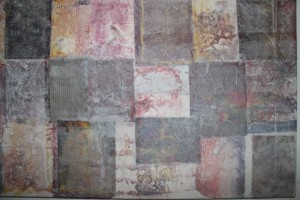
A brick wall? A dead end? Claustrophobia? The building blocks of childhood? Strength? The comfort of a patchwork quilt? Fields of home from above?
Furthermore, this might change over time or depending on how the art work is viewed; are other possible meanings opened up if some of it is studied in detail, half made, at an angle, from afar?
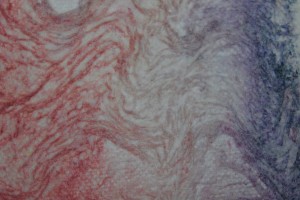
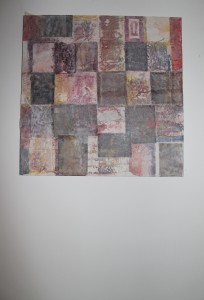
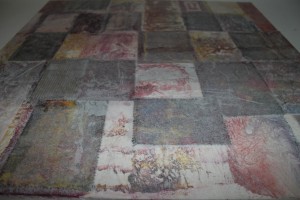
In art therapy, what’s important is the meaning the artwork holds for its maker, within the context of the therapeutic relationship and space. The art therapist helps the client reflect on and explore what the art process and end result—whether it’s a masterpiece or a mess—means to them. It is through this that deeper personal understanding, growth and healing can occur.
And to the student who posed the question: thank you! It encouraged me to stop, revisit and be curious about what I thought I knew: developing insight and progressing my own journey as a therapist.
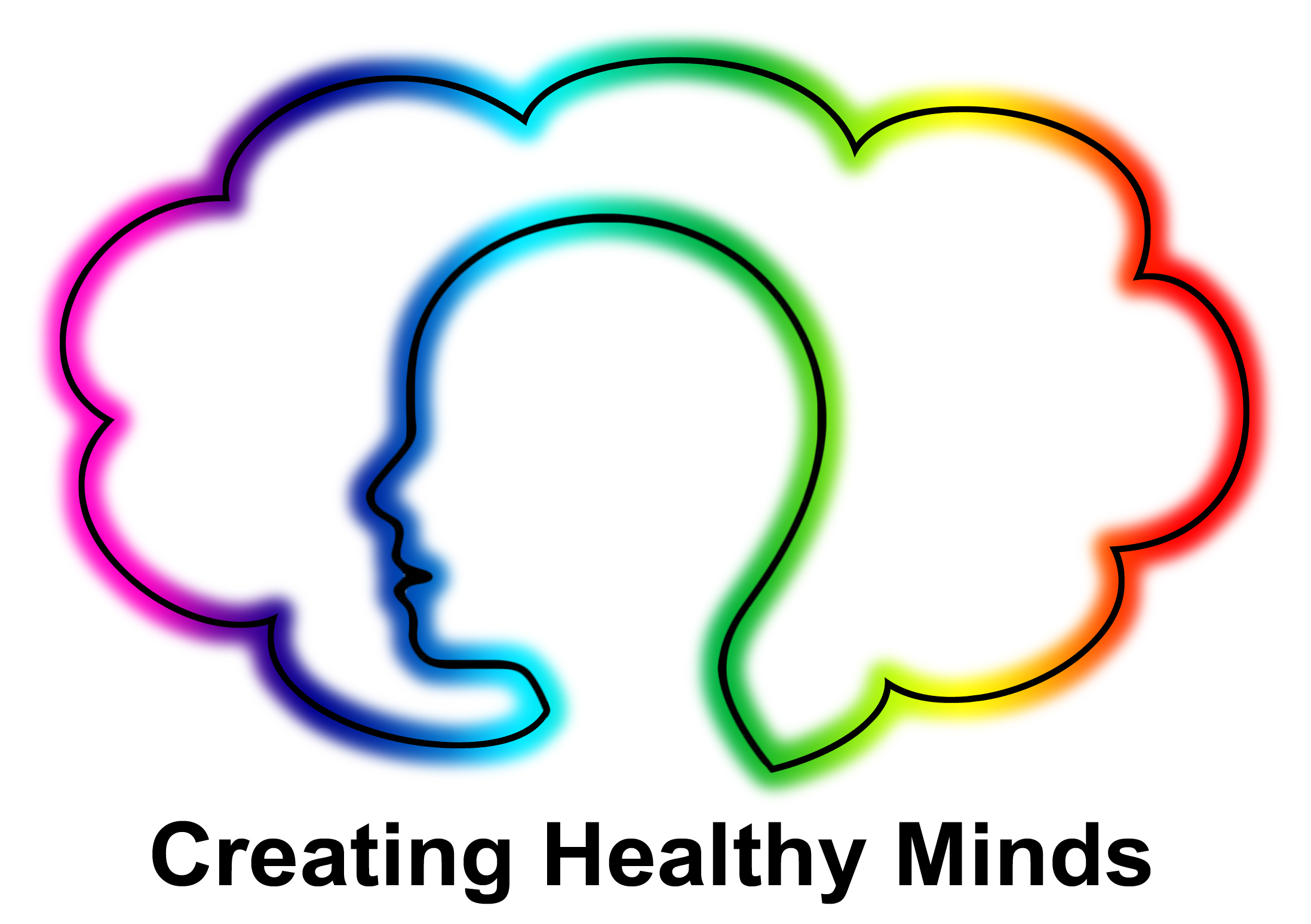
Leave a Comment